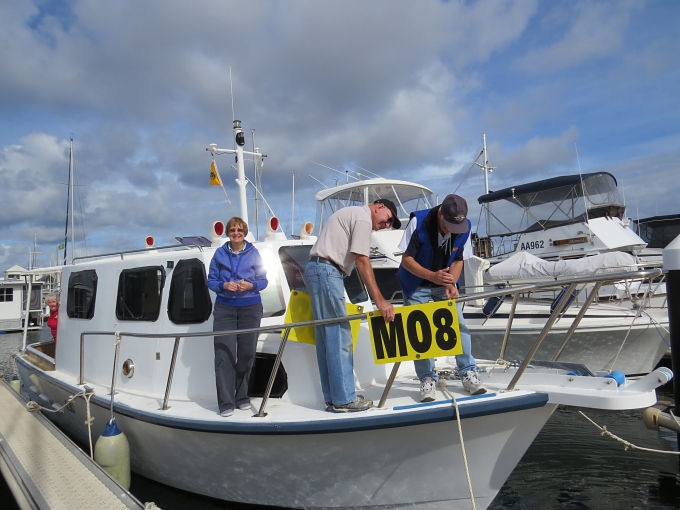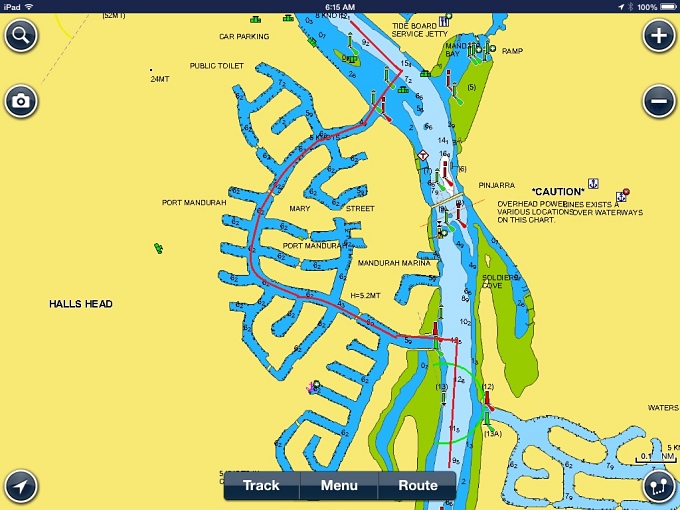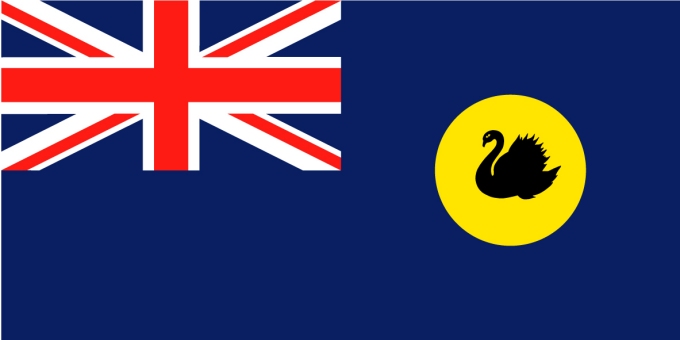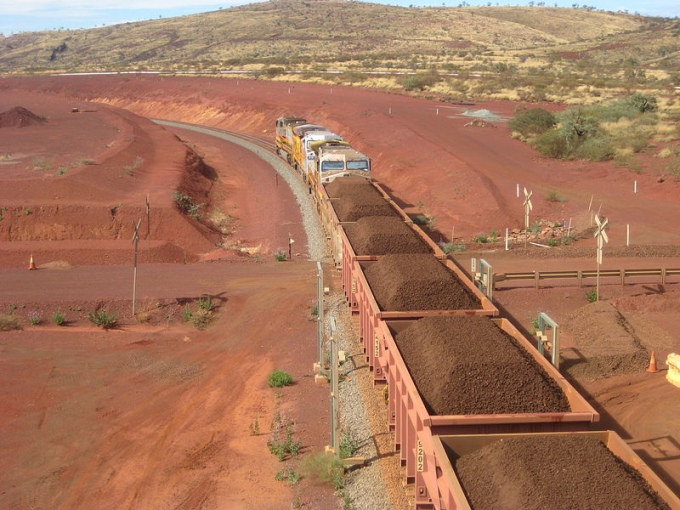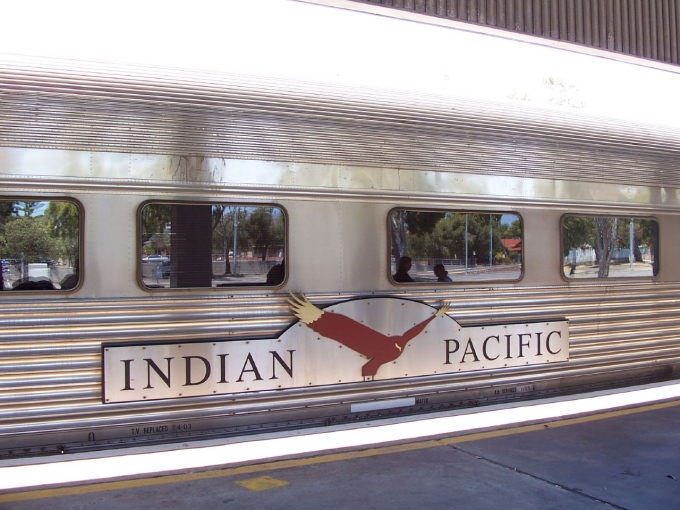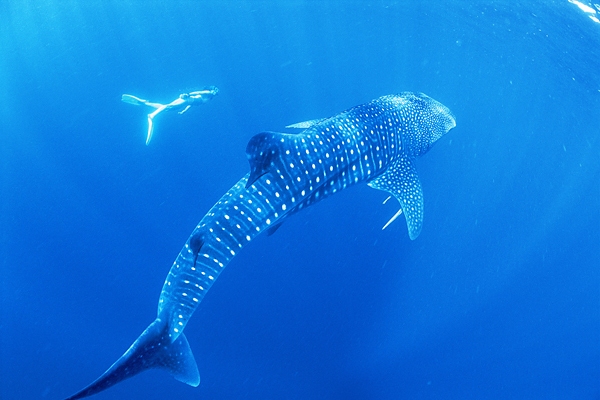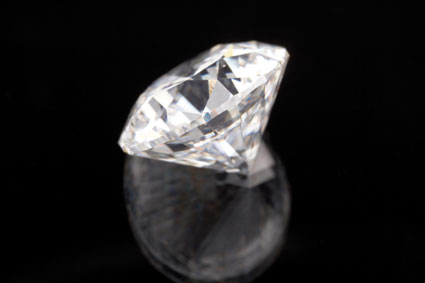Time Trials in Mandurah's Peel Inlet
/When Ross stopped by to say hi the other day, he asked if we'd ever participated in time trials. “No, we don't race our boat”, we replied. “This isn't a race at all”, he countered quickly. “Want to join us and see?” You know us … we never say no to a new adventure. So, we joined Ross and Laura and their friends, Ron and Robin, on an overcast afternoon to participate in the time trials. We arrived just as Ron and Ross were affixing the registration numbers to the boat.
We had to research a bit to figure out exactly what a time trial was. Evidently, MOFSC coordinates time trials to provide some socializing and activities for the austral winter months. This was to be the first time trial of the winter season. Here's the description:
“All courses start at the first spit post past the old bridge and then run on the inland water of the estuary out to Science platform and return through the estuary to finish where the event started. Any craft capable of navigating under engine power at a speed between 5 and 15 knots may participate.”
Because the boat is too high to clear the low Mandurah Bridge aka Old Wood Bridge, we took a circuitous, rather scenic route through the canals to get to the start point … and then we were off.
Ross's power boat, Markel, is registered at 7-knots and based on that speed, the object of the trial is to pass specific markers at given time intervals. For each second the boat is early or late, there are penalty points. Whichever boat has less points wins. With a timer synchronized with the club's official timepiece, Laura recorded the exact time we passed each marker and then would call out to Ross how much time to get to the next marker. “One minute … 30 seconds … 15 seconds … 5 seconds.”
“We're going to be a bit late” Ross would call out or “A little early on that one” and he'd chuckle. Only two other boats were competing today and one cut inside us sharply to round the Science Platform in the Peel Inlet … obviously intent on making his time. Ross, however, doesn't take this very seriously, but rather enjoys the opportunity to take the boat out for a few hours and spend time with friends.
How did we do? No idea. They turn in their timesheet later. When we returned to Markel's berth, we tied her up, then had tea and Laura's blueberry muffins on the aft deck and chatted the afternoon away. Ross was absolutely right … this is not racing.


